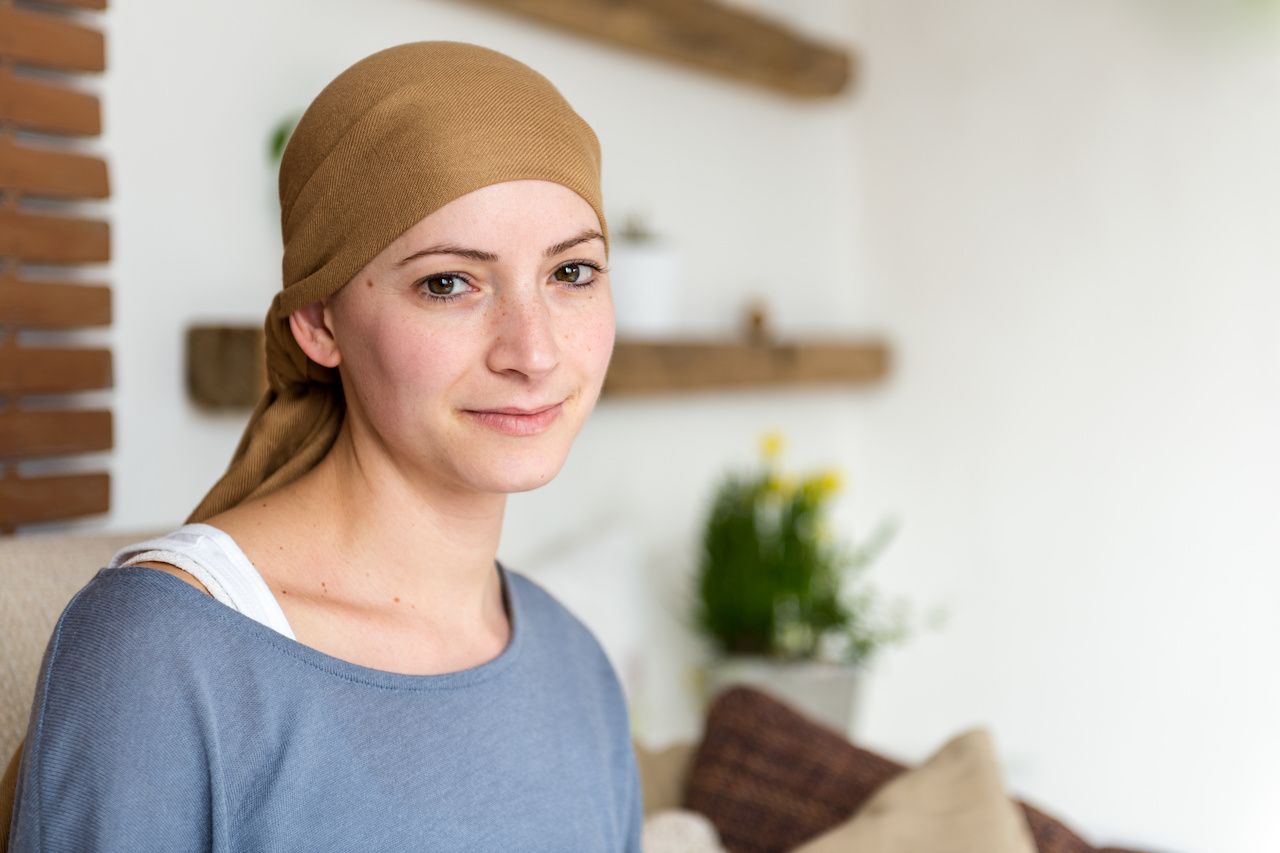
For premenopausal women aged 12 to 39 years who received radiation for a primary childhood or young-adulthood cancer, the occurrence of second primary breast cancer in adulthood may have a 2-fold greater mortality risk, reports research in Cancer Epidemiology, Biomarkers & Prevention from the American Association for Cancer Research.
“This is the first study, to our knowledge, that compares the unique breast cancers found in this population with their age-controlled counterparts without a prior cancer,” the authors noted.
Radiation treatment is an established risk factor for a secondary breast malignancy. However, uncertainty remains around whether the shared characteristics of these secondary malignancies in premenopausal women are due to the radiation treatment, too, or having the disease diagnosed at a younger age, especially before age 40.
The investigators analyzed data from the California Cancer Registry on female state residents aged 12 to 50 years who received a diagnosis of invasive breast cancer, first and only or second primary, between January 1, 1988, and December 31, 2014. These ages were chosen “to capture premenopausal breast cancer based on approximations of age at menarche and menopause.” However, for those with secondary breast cancers, the age range was 12 to 39 years “to capture radiation exposure during breast development.”
Results of the 2 patient cohorts—1147 with secondary breast cancer who had radiation between ages 12 and 39 years for a primary cancer and 107,1751 with primary breast cancer age-matched to the first group—show that the study group shared several characteristics compared with the control group. These patients were more likely:
- Non-Hispanic Black: 10.3% vs 7.4%
- Hispanic: 26.4% vs 22.2%
- To have grade III disease: 49.3% vs 39.5%
- To not have lymph node involvement: 65.7% vs 53.4%
- To have estrogen receptor (ER)-, progesterone receptor (PR)-negative disease: 36.2% vs 22.2% and 41.8% vs 26.8%, respectively
- To get a mastectomy: 63.0% vs 50.25
They also had a lesser chance of getting both chemotherapy (55.4% vs 62.2%) and radiation (26.3% vs 45.5%).
Multivariate logistic regression produced these additional results for secondary breast cancers:
- Non-Hispanic Black women were more likely to have them compared with non-Hispanic White women: odds ratio (OR), 1.35 (95% CI, 1.11-1.66).
- Asian/Pacific Islander women were less likely to have them compared with non-Hispanic White women: OR, 0.76 (95% CI, 0.63-0.92).
- Earlier tumor size at diagnosis: T3 vs T1a: OR, 0.38 (95% CI, 0.28-0.52)
- No lymph node involvement: OR, 0.58 (95% CI, 0.51-0.67)
- ER/PR-negative status: OR, 1.76 (95% CI, 1.52-2.03)
- Higher grade: III vs I: OR, 1.76 (95% CI, 1.41-2.21)
Multivariate survival models also showed that breast cancer-specific survival was inferior overall after a secondary breast cancer diagnosis (HR, 1.98; 95% CI, 1.77-2.23) and that there was significant interaction by race/ethnicity (P = .02), age (P < .001), and stage at diagnosis (P < .001).
“We found that [breast cancer-specific survival] is significantly decreased among all survivors of childhood and [adolescent and young adult] cancer treated with radiotherapy that develop a secondary breast cancer, even in the setting of early-stage breast cancer and other characteristics,” the authors concluded. “Treating secondary breast cancers is likely complicated by the unique genetic make-up of the tumors and prior treatment regimens received.”
They recommend that future studies examine the treatments given for primary breast cancer, and if there is a need to change them, especially chest radiation and anthracycline use, because women with secondary breast cancers are more frequently undergoing aggressive surgical procedures and less chemotherapy and radiation.
Reference
Sauder CAM, Li Q, Othieno A, et al. Characteristics and outcomes for secondary breast cancer in childhood, adolescent, and young adult cancer survivors treated with radiation. Cancer Epidemiol Biomarkers Prev. 2020;29(9):1767-1774. doi:10.1158/1055-9965.EPI-20-0260.
"breast" - Google News
September 12, 2020 at 01:13AM
https://ift.tt/3hmGSYL
Possible Link Found Between Breast Cancer Mortality and Childhood Radiation Treatment - AJMC.com Managed Markets Network
"breast" - Google News
https://ift.tt/2ImtPYC
https://ift.tt/2Wle22m
Bagikan Berita Ini















0 Response to "Possible Link Found Between Breast Cancer Mortality and Childhood Radiation Treatment - AJMC.com Managed Markets Network"
Post a Comment